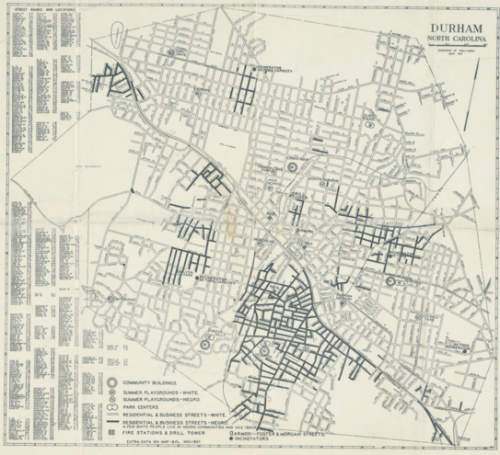In honor of St. Patrick’s Day tomorrow, I thought I’d re-post this one from 2010…
Some recent ads making fun of redheads has brought gingerism — or hateful attitudes and behavior towards people with red hair, light skin, and freckles — into the news lately.
It appears to be an ongoing form of discrimination, especially in Britain. Men and boys appear to be more frequent targets than women and girls, who at least are sometimes seen as uniquely beautiful. A recent series of verbal and physical attacks is nicely documented at Wikipedia. They include a stabbing, a family who has had to move twice after their children were bullied, a woman who won a sexual harassment suit after being targeted for her red hair, and a boy who committed suicide after being teased relentlessly.
The prejudice may be related to the long-standing antagonism between Britain and Ireland; discrimination against the Irish by the British crossed the Atlantic with early Americans. As late as the 1800s the Irish were demeaned, negatively stereotyped, and compared with apes in the United States.
Katrin brought our attention to this ad for Tesco. Tesco voluntarily withdrew their ad after complaints. And an ad for npower generated a handful of complaints to the Advertising Standards Authority. The Authority declared that the humor was unlikely to cause widespread offense (BBC).
Katrin also sent in M.I.A.’s video for the song “Born Free.” It was pulled from YouTube for excessive violence and inappropriate content. Among other themes, it shows red-headed, freckled adolescents being rounded up by the police (this becomes clear at about 2:45), taken out to a deserted area, shot at or bombed, and physically attacked. The video is supposed to highlight ethnic cleansing, though a number of critics argue the gratuitous violence overshadows any political point. It’s about 10 minutes long, but you don’t have to watch the whole thing to get the idea:
M.I.A, Born Free from ROMAIN-GAVRAS on Vimeo.
Lisa Wade, PhD is an Associate Professor at Tulane University. She is the author of American Hookup, a book about college sexual culture; a textbook about gender; and a forthcoming introductory text: Terrible Magnificent Sociology. You can follow her on Twitter and Instagram.












